University of São Paulo, Brazil
Over the past decade, our colleagues Ulisses Araujo and Valeria Arantes, professors at the University of São Paulo, Brazil, have been researching the meaning of “purpose” in Brazil. This year, Ulisses and Valeria are visiting scholars at the Harvard Graduate School of Education, further exploring how their work intersects with The Good Project’s theories of “good work” and professionalism.
We spoke with Ulisses and Valeria about the latest developments in their research, their forthcoming book on educator practices, and their continued commitment to helping students and educators discover and explore their purpose.
Below, we have released an edited Q&A based on our conversation.
Q: Please take a moment to introduce and provide an overview of your work.
Ulisses: I am a full Professor at the University of São Paulo. I work at the Schools of Education, and of Arts, Sciences, and Humanities. I think of myself as a pedagogue. I am also President of the Association of Problem-Based Learning and Active Learning Methodologies.
Valeria: I am an Associate Professor at the School of Education at the University of São Paulo. I work more with the role of emotion in purpose, and my students and I investigate the way people relate their purpose to their goals, obstacles, and feelings. We are trying to understand reason, but also how people feel about their purpose.
Ulisses: In the past, we have twice worked in residence at the University of Barcelona in Spain. In 2008, we were in residence at Stanford, where we worked with Bill Damon and Anne Colby on the topic of purpose. We began doing some research in Brazil related to purpose, using previously created instruments on purpose but adapting them to the Brazilian social context, and interviewing over 2000 people across 12 years. We found that participants’ ideas of their “purpose” fell into six categories:
fragile (lack of concrete direction);
idealized (aspirational but unrealistic, with no path to achievement);
family-oriented (connecting ambitions to family outcomes, e.g., “I’m going to become a businessperson to earn money to help my family”);
work-oriented (focused on professional goals);
desire for economic stability (focused on money/resources); and
altruist (selfless acts of help for others).
Q: Tell us about the book you have recently written.
Ulisses: Our book Life Project: Psychological Foundations, Ethics, and Educational Implications will be published May 2020. In this book, we talk about the history of purpose, or “life project” as it is translated in Portuguese, in positive psychology. We describe how a “life project” (or purpose) is internalized by the self, psychologically.
Valeria: We worked with other scholars to explore how values, beliefs, and feelings also guide purpose development. The main goal of the book, though, is to provide insight about how to incorporate what we know about purpose formation into teacher professional development and classroom practice.
Q: How does your book and recent work connect to The Good Project?
Ulisses: For a teacher to support their students and the development of purpose, they must be “good teachers.” We believe that for teachers to be good teachers, they must embody the “three Es” outlined by The Good Project: excellence, ethics, and engagement.
There are three dimensions to purpose: personal, social, and professional. We want teachers to help students develop purpose in these areas, but we also believe teachers need to have their own defined sense of purpose. Teachers need to reflect on their “life project” and decide how their own personal purpose as an educator connects with the social world (or, as Bill Damon puts it, the world beyond the self).
Q: How can educators make sure they are helping students develop purpose in their classrooms?
Ulisses: We utilize active learning methods with teachers with whom we work. Active learning methods place the activity of the student at the center of pedagogy, including strategies like project-based learning, design-thinking, and conflict resolution. Because we want students to build their own “life project” or purpose, we try to help students think through realistic situations where they have the possibility to experience different kinds of perspectives.
Valeria: As a concrete example, we have used conflict resolution in the form of ethical conundrums to help students understand that there are many different ways to resolve a dilemma, and not necessarily one right and one wrong way to do things. The ways we might choose to solve a conundrum relate to our sense of purpose and identity. We also use concept maps to help students reflect on what it means to be “good.” We ask questions like, “What makes a good teacher? What is a good life project?”
Q: Why is having a sense of mission/purpose important?
Valeria: When we interviewed students, we find that they talk about happiness, satisfaction, and self-accomplishment. It’s important to integrate these different dimensions, and we find that purpose plays a role here.
Ulisses: We are also trying to understand how values become part of identity from both a pedagogical perspective and a psychological perspective. Our ultimate goal is to help shape “good” people who do good for others. When we ask the question, “What makes a good person, and how can I be good?”, we need to know how people form and integrate their values and beliefs, and in an ethical manner. We want to encourage “goodness” in personal, social, and professional dimensions, and a truly “good” purpose is one that impacts the world beyond the self in positive ways, which is important for a well-functioning and healthy society.
You can learn more about the work that Ulisses and Valeria are doing related to The Good Project in Brazil at this website: http://www.thegoodprojectbrasil.org/













